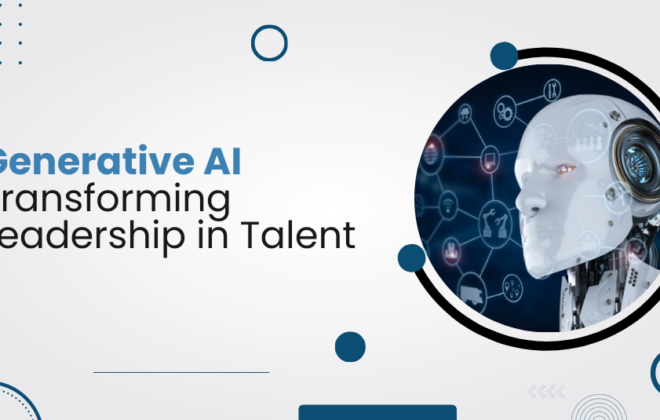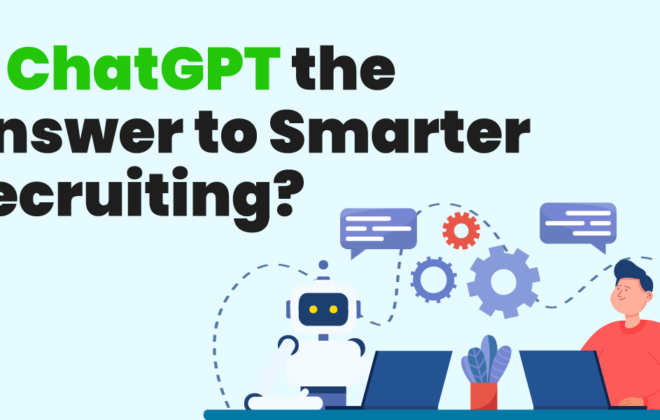How HR Analytics Can Make Your Firm Efficient and Happy?
HR data has finally moved out of annual corporate presentations and is now being used to improve employee performance, retain top performers, and promote diversity. With the technology now present to compress tons of HR data and the rise in the number of data analysts, all you need is a long-term strategy that focuses on two simple points – a) which data sets do you want to analyze, and b) how are you going to use these insights in real-time environment. Let’s look at the different ways in which HR professionals can collect insightful data:
- Employee satisfaction surveys
- Demographic data
- Absenteeism data
- Employee performance metrics
- Recruitment data
- Employee promotion history
- Retention data
- One-on-One meetings
Once you have the data, the next step is to prepare an action plan on how exactly you are going to use this data, which points you should focus on first, and how are you going to analyze the results. In this article, we’ll explain how firms can use this data to become more productive, happy, and diverse.
1) Retain Top Performers
![]()
Losing even one of your top performers can have an adverse impact on overall productivity. Using HR Analytics firms can analyze the following data sets to discover insights that may be helpful to retain top performers.
- Attrition in every department
- Results of employee satisfaction surveys
- On-boarding experience
- Common traits between experienced performers (survey result)
- Performance issues of various employees
- Employee engagement rates when it comes to email campaigns, feedback, participating in events, etc.
This data can be used to analyze if there is any particular department or job role that is facing severe attrition, which factors employees value the most, are there any issues with a specific manager, what problems employees are facing in certain projects, etc. Based on these insights firms can organize relevant training programs, improve their existing processes, and create a long-term action plan.
2) Promote Diversity & Inclusion
Any firm that cares about diversity will definitely find HR Analytics useful. There is not one but many ways in which you can use past data to optimize and improve your diversity recruitment process.
- Study historical data to identify patterns of bias-hiring (gender, location, social background, etc.)
- Create diversity-friendly job advertisements to attract more diverse candidates
- Create better blind-hiring processes that only take skills and experience into account
- Share job openings with organizations that offer more diverse resumes
3) Predict Future Needs
![]()
Although to predict future needs, organizations must have loads of data and some great data science talent, once you have established the right team this feature can help you optimize your organization’s performance to a great extent. Some of the ways in which HR analytics can help you predict future needs are:
- Based on current and past projects’ performance, predict which skills are going to be in high demand
- By studying the most successful candidates for your firm, you can identify some common traits like experience, skills, previous organization, etc. that can help you take better decisions
- Based on survey results, one-on-one feedbacks, and engagement scores, you can have a better idea about which employees are most likely to leave so that you can prepare an action plan to retain the same
4) Streamline Recruitment Process
Apart from improving retention and promoting diversity, HR Analytics can also be used to streamline the recruitment process. By studying which recruitment campaigns were effective, which sourcing channels produced quality talent, and which onboarding techniques worked, organizations can not only identify loopholes in their recruitment process but also take corrective action.
Having wealth of HR data can help your organization prepare better for the future and also optimize the current standing. This data, if utilized properly and in the most diverse-friendly way, can provide you with sufficient evidence to make the necessary changes that your organization demands.
Tags In
Gary Ross
Related Posts
Subscribe For Updates
Categories
- Accountant
- AI
- Automation
- Awards and Recognitions
- Blue Collar Staffing
- Burnouts
- Campus Recruiting
- Cloud
- Co-Ops agreements
- Company Culture
- Compliance
- contingent workforce
- Contingent Workforce
- COVID-19
- Cyber Security Staffing
- Data Strategy
- Digital Transformation
- direct sourcing
- Distributed Workforce
- Diversity
- Diversity & Inclusion
- Economy
- Events & Conferences
- fleet industry
- Gig Economy
- Girls in Tech
- Global Talent Research and Staffing
- Government
- Healthcare
- Healthcare Staffing
- Hiring Process
- Hiring Trends
- Home Helathcare
- HR
- HR Practices
- HR Tech
- IT
- Labor Shortages
- Life Science
- Local Governments
- News
- Nursing
- Payroll Staffing
- Public Sectors
- Recruiting
- Remote Work
- Skill Gap
- SMB Hiring
- Snowflake
- Staffing
- Staffing Augmentation
- Staffing Challenges
- Talent ROI
- Tech Staffing
- Technology
- Tips & tricks
- Total Talent Management
- UI/UX Design
- Uncategorized
- Veteran Staffing
- Veterans Hiring
- Veterans Hiring
- Workforce Management
Recent Posts
- Automation in Recruiting: From Chatbots to Predictive Screening
- Gig Economy Expansion: The Impact on Talent Pools and Business Models
- Skills-Based Hiring: Why Credentials Alone Don’t Cut It in 2025
- Procurement 3.0: AI & Intelligent Automation in 2025
- Q3 Is Here: Is Your Contingent Workforce Strategy Falling Behind?
Newsletter
Archive
- September 2025
- August 2025
- June 2025
- April 2025
- March 2025
- December 2024
- November 2024
- October 2024
- September 2024
- August 2024
- July 2024
- June 2024
- May 2024
- April 2024
- March 2024
- February 2024
- January 2024
- December 2023
- November 2023
- October 2023
- September 2023
- August 2023
- July 2023
- June 2023
- May 2023
- April 2023
- March 2023
- February 2023
- December 2022
- November 2022
- October 2022
- September 2022
- August 2022
- July 2022
- June 2022
- November 2021
- October 2021
- September 2021
- August 2021
- July 2021
- June 2021
- May 2021
- April 2021
- March 2021
- February 2021
- January 2021
- December 2020
- November 2020
- October 2020
- September 2020
- August 2020
- July 2020
- June 2020
- May 2020
- April 2020
- March 2020
- February 2020
- January 2020
- December 2019
- November 2019
- October 2019
- September 2019
- August 2019
- July 2019
- June 2019
- May 2019
- January 2019
- December 2018
- November 2018
- October 2018
- September 2018
- August 2018
- July 2018
- June 2018
- May 2018
- April 2018
- March 2018
- February 2018
- January 2018
- December 2017
- November 2017
- October 2017
- September 2017
- August 2017
- July 2017
- June 2017
- May 2017
- November 2016
- October 2016




